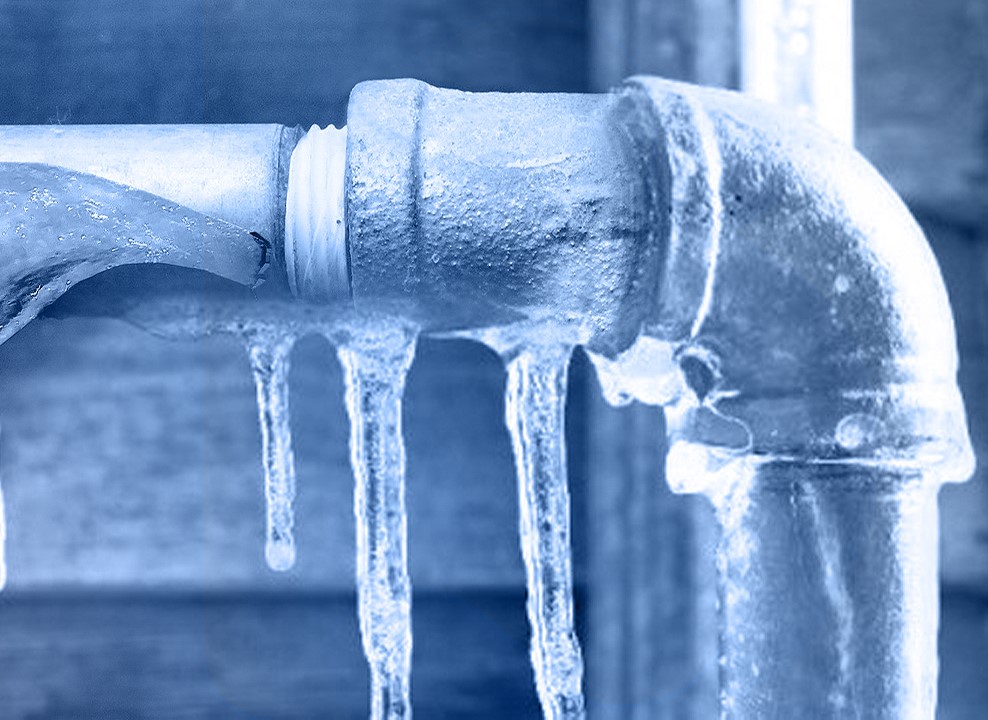Avoiding Frozen Plumbing in Winter: Pro Advice
Avoiding Frozen Plumbing in Winter: Pro Advice
Blog Article
Every person maintains their own individual idea with regards to How to prepare your home plumbing for winter weather.

Winter can ruin your pipes, especially by freezing pipes. Right here's just how to prevent it from happening and what to do if it does.
Intro
As temperature levels drop, the threat of icy pipes rises, possibly resulting in pricey repair services and water damage. Comprehending exactly how to prevent icy pipes is crucial for home owners in chilly climates.
Recognizing Icy Pipes
What triggers pipelines to freeze?
Pipelines freeze when revealed to temperatures listed below 32 ° F (0 ° C) for extended durations. As water inside the pipes freezes, it increases, putting pressure on the pipe wall surfaces and potentially triggering them to break.
Risks and damages
Icy pipelines can lead to water system disturbances, home damage, and pricey repairs. Burst pipes can flood homes and cause comprehensive structural damage.
Signs of Frozen Pipeline
Determining frozen pipes early can prevent them from bursting.
Just how to recognize icy pipes
Look for decreased water circulation from taps, uncommon odors or sounds from pipes, and noticeable frost on exposed pipes.
Prevention Tips
Insulating susceptible pipes
Cover pipelines in insulation sleeves or use warmth tape to protect them from freezing temperature levels. Focus on pipes in unheated or outside areas of the home.
Heating methods
Keep indoor spaces properly warmed, particularly locations with plumbing. Open up cabinet doors to enable cozy air to circulate around pipelines under sinks.
Protecting Outside Pipes
Garden hose pipes and outside taps
Disconnect and drain yard tubes before winter season. Set up frost-proof faucets or cover exterior taps with insulated caps.
What to Do If Your Pipes Freeze
Immediate actions to take
If you presume icy pipelines, keep faucets available to soothe stress as the ice thaws. Make use of a hairdryer or towels soaked in hot water to thaw pipelines gradually.
Long-Term Solutions
Architectural modifications
Think about rerouting pipes away from exterior wall surfaces or unheated locations. Include added insulation to attic rooms, basements, and crawl spaces.
Updating insulation
Purchase top notch insulation for pipes, attics, and wall surfaces. Proper insulation aids preserve regular temperatures and minimizes the threat of frozen pipes.
Conclusion
Preventing icy pipelines needs proactive procedures and fast reactions. By recognizing the causes, indications, and safety nets, property owners can shield their plumbing during winter.
5 Ways to Prevent Frozen Pipes
Drain Outdoor Faucets and Disconnect Hoses
First, close the shut-off valve that controls the flow of water in the pipe to your outdoor faucet. Then, head outside to disconnect and drain your hose and open the outdoor faucet to allow the water to completely drain out of the line. Turn off the faucet when done. Finally, head back to the shut-off valve and drain the remaining water inside the pipe into a bucket or container. Additionally, if you have a home irrigation system, you should consider hiring an expert to clear the system of water each year.
Insulate Pipes
One of the best and most cost-effective methods for preventing frozen water pipes is to wrap your pipes with insulation. This is especially important for areas in your home that aren’t exposed to heat, such as an attic. We suggest using foam sleeves, which can typically be found at your local hardware store.
Keep Heat Running at 65
Your pipes are located inside your walls, and the temperature there is much colder than the rest of the house. To prevent your pipes from freezing, The Insurance Information Institute suggests that you keep your home heated to at least 65 degrees, even when traveling. You may want to invest in smart devices that can keep an eye on the temperature in your home while you’re away.
Leave Water Dripping
Moving water — even a small trickle — can prevent ice from forming inside your pipes. When freezing temps are imminent, start a drip of water from all faucets that serve exposed pipes. Leaving a few faucets running will also help relieve pressure inside the pipes and help prevent a rupture if the water inside freezes.
Open Cupboard Doors
Warm your kitchen and bathroom pipes by opening cupboards and vanities. You should also leave your interior doors ajar to help warm air circulate evenly throughout your home.

We had been shown that write-up about Prevent Frozen Pipes from a pal on another web page. Appreciated our piece of writing? Please share it. Help someone else locate it. Thanks so much for taking the time to read it.
Appointment Report this page